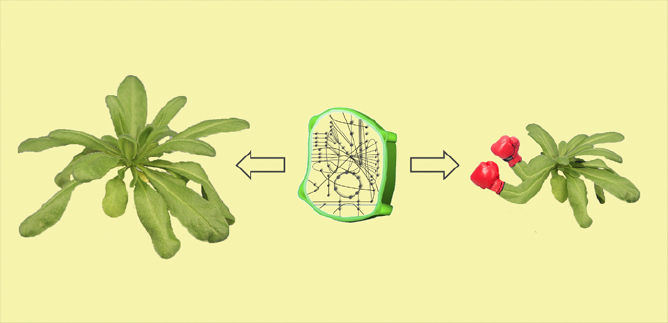
To Grow or to Defend: That is the Question for Plant Central Metabolism
Research, The Plant Cell, The Plant Cell: In a NutshellFusari et al. perform GWAS to explore primary plant metabolism https://doi.org/10.1105/tpc.17.00232
By Corina M. Fusari and Rik Kooke
Background: Primary metabolites such as sugars, organic acids, and amino acids are essential chemical compounds that drive plant growth and development by providing…
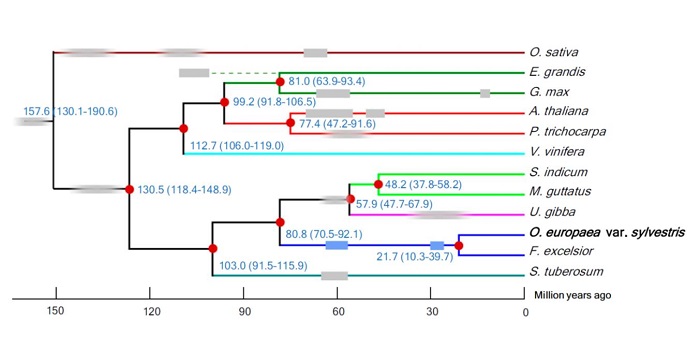
Genome of wild olive and the evolution of oil biosynthesis
Blog, Plant Science Research Weekly, Research, Research BlogOlive oil is a staple of the healthy “Mediterranean diet” and contains high levels of the monounsaturated fat oleic acid. Unver, Wu et al. present the genome of the wild olive tree (Olea europaea var. sylvestris) (draft sequences of domesticated olive trees without extensive functional annotation…
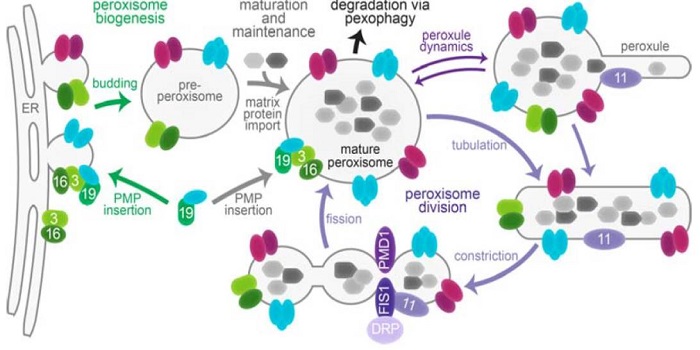
Update: Peroxisome function, biogenesis, and dynamics in plants
Blog, Plant Science Research Weekly, Research, Research BlogPeroxisomes are endoplasmic reticulum-derived membrane-enclosed organelles in which many oxidative enzymatic reactions are compartmentalized. These reactions and their products contribute to energy production, detoxification, and signaling. Kao et al. review our understanding of the plant peroxisome,…
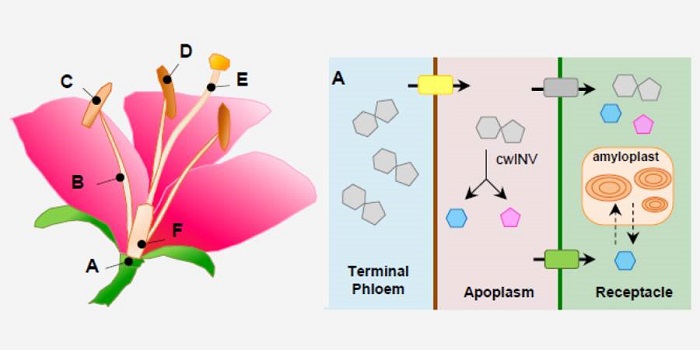
Update: Flower primary metabolism, pollinators’ preferences and seed and fruit set
Blog, Plant Science Research Weekly, Research, Research BlogBecause of their important roles in attracting pollinators, the secondary or specialized metabolites of flowers (color, fragrance) get a lot of attention. Borghi and Fernie argue that flower function is equally dependent on primary (central) metabolites, which not only provide the precursors for secondary…

Suc Signals Induce Etiolated Stem Branching
Blog, Plant Physiology, Plant Physiology: On The Inside, Research, Research BlogPlant shoot branching is determined by apical dominance, a process in which the apical bud (shoot tip) inhibits the outgrowth of axillary buds further down the stem to control the number of growing branches. In response to this inhibition, plants have evolved rapid long-distance signaling mechanisms…
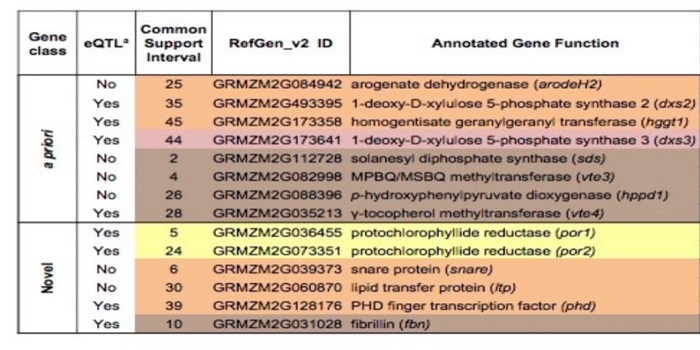
Novel loci underlie natural variation in vitamin E levels in maize grain
Blog, Plant Science Research Weekly, Research, Research BlogVitamin E (alpha-tocopherol and related tocochromanol compounds) is a lipid-soluble antioxidant that contributes to numerous cellular activities and confers protection against many diseases, from cancer to cardiovascular disease. The main sources of vitamin E for humans are plant oils, but most crop…
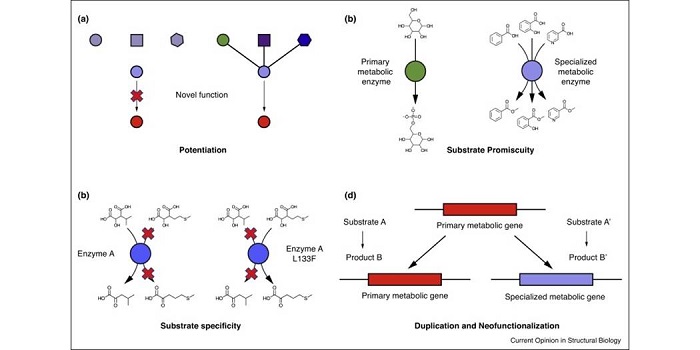
Review: Promiscuity, impersonation and accommodation: Evolution of plant specialized metabolism ($)
Plant Science Research Weekly, Research, Research BlogThe huge set of chemical pathways beyond the conserved primary metabolic network is described as specialized metabolism (formerly known as secondary metabolism). The diversity of specialized metabolites is due to recent evolutionary innovations in enzyme function, as reviewed by Leong and Last. Key processes…
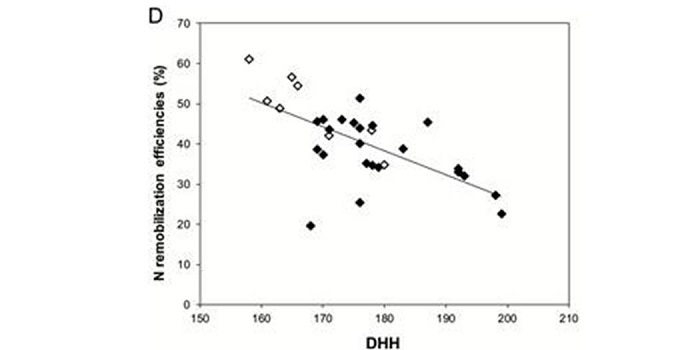
Review: Senescence and nitrogen use efficiency in perennial grasses for forage and biofuel production ($)
Blog, Plant Science Research Weekly, Research, Research BlogMuch of our understanding of the molecular processes of senescence and nutrient remobilization comes from annual plants. Yang and Udvardi explore how these processes take place in perennial grasses including important biofuel grasses switchgrass (Panicum virgatum) and miscanthus (Miscanthus×giganteus).…

Medicine is not health care, food is health care: Plant metabolic engineering, diet and human health
Blog, Plant Science Research Weekly, Research, Research Blog0 Comments
/
A diet consisting of a wide range of plant matter is optimal for human heath, but due to various historical and social factors (including the relatively high cost of fresh fruit and vegetables), many people don’t get the nutrients they need. Biofortification of staple foods like rice through breeding…

